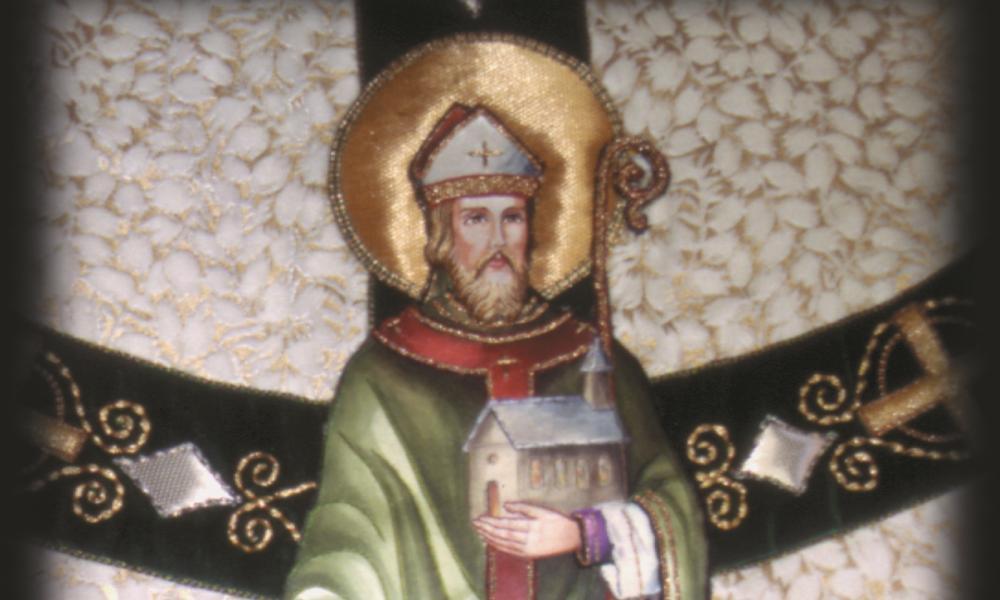
What Do You Mean St. Patrick Wasn’t Irish?
Everyone Claims to Be Irish on St. Patrick’s Day—Even St. Patrick
Everyone Claims to Be Irish on St. Patrick’s Day—Even St. Patrick
We do know for fact that St. Patrick wasn’t Irish. He was born around 385 A.D. in, more than likely, southwest Britain. At the age of 16, Irish pirates abducted and took him to their homeland as a slave. For six years, St. Patrick tended sheep and, at the same time, found his way to God. In his Confession, St. Patrick states, “The love of God and His fear came to me more and more, and my faith was strengthened.”
During a dream, St. Patrick was told to leave his master and walk to a place where there would be a ship to carry him to his freedom. After traveling for more than 200 miles, he found that ship and returned to his family.
Bishop Patrick?
Another dream caused him to leave his home for France to study for the priesthood so that he could return to Ireland as a missionary. After his ordination, around 432 A.D., St. Patrick was consecrated as a bishop and returned to Ireland with a small group of monks as assistants.
He first turned his attention to the conversion of kings and druids, or pagan priests. He also traveled throughout the island country preaching Christianity and, at the time of his death in 461, St. Patrick had single-handedly converted almost the entire nation.
“I’m looking over a three-leaf clover…”
Legend tells of St. Patrick using the three leaflets of a shamrock to teach about the Holy Trinity. Legend also speaks of St. Patrick driving the snakes out of Ireland. Fact or fiction?
What about those snakes?
As a result of his work, the Irish monasteries preserved classical literature, learning and scholarship. Irish monks subsequently brought the light of Christ to the European continent, being the forerunners of the Renaissance that ended the Dark Ages.
As for the snakes, maybe St. Patrick didn’t actually drive them out of Ireland—maybe he converted them.



